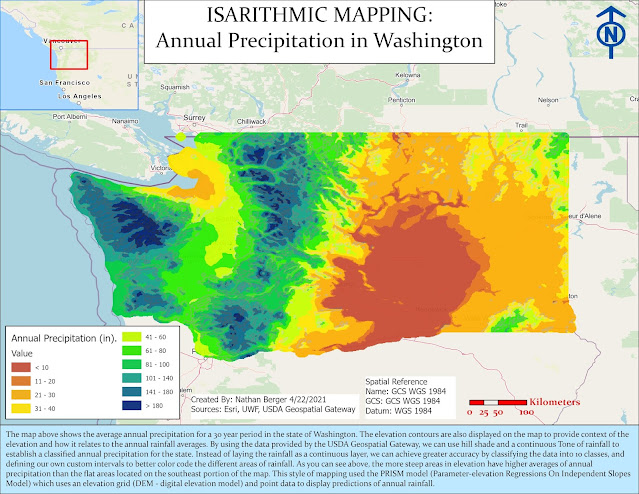Classifying Spectral Signatures In Multi-spectral Imagery
Landcover Classifying
Today's exercise was all about classifying multispectral imagery based on the pixel values of each spectral signature or layer in our image. An example would be trees, water, buildings etc... all getting assigned a certain value to be recoded in our image classification.
 |
| Original Image of Natural Color |
 |
| Same Image Color Infared |
By classifying our image, it becomes a thematic raster file. We can "color code" our imagery to determine what types of land use exists in our image.
From there, we can calculate the total acreage of land use for trees, grass, buildings (urban development) and even the road ways in a given area. This is extremely powerful to provide to local government policy makers in determining different decision making techniques when deciding on urban development, deforestation, building new roads, protecting environmental waterways and seeing how much of an area ca change overtime.
 |
| Land Cover Analysis - Supervised Classified Raster |



Comments
Post a Comment